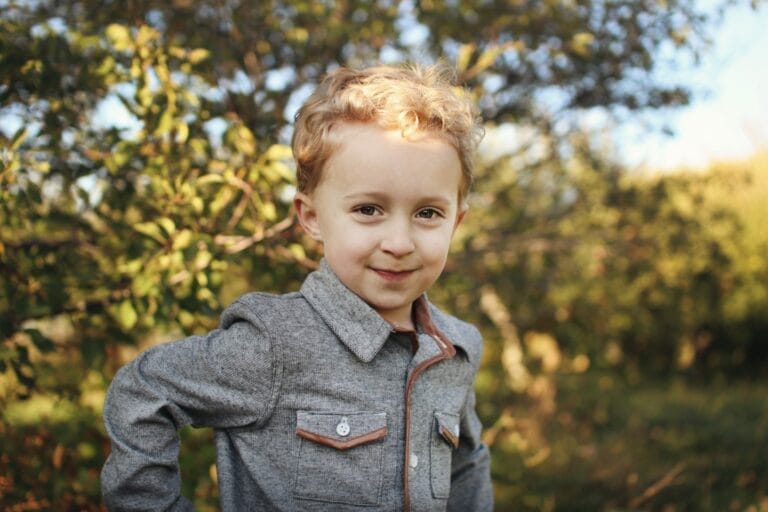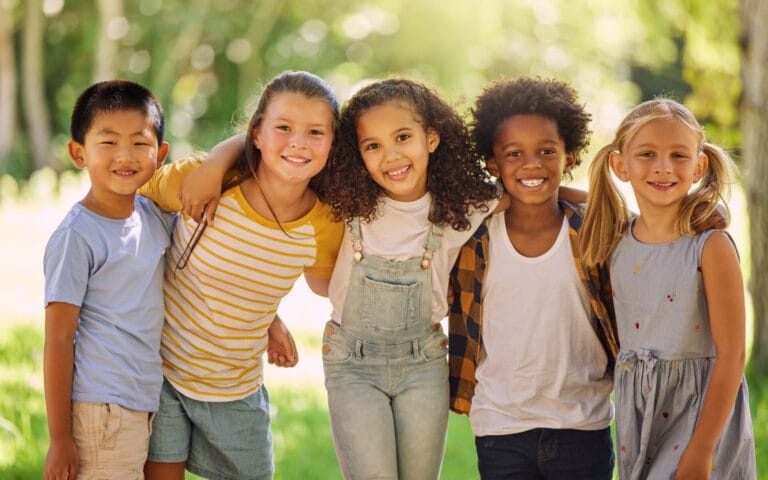
How Many Children Suffer Adverse Experiences?
It may be difficult to believe, but according to a new Child Trends research brief by Vanessa Sacks and David Murphey, almost half (45%) of children in this country have experienced at least one Adverse Childhood Experience (ACE), and 21% have experienced two or more. These findings are based on data from the 2016 National Survey of Children’s Health (NSCH).
Not every child processes violence and trauma the same. While there are several factors to consider, more than anything else, the impact on the child depends on the presence of supportive adults in their lives.
What qualifies as “ACE”? Witnessing or experiencing violence or trauma that could range from poverty to having a parent incarcerated in jail. Substantial research has linked ACEs to a plethora of serious physical, mental, and emotional problems for children and adults. These problems are even more prevalent for those children with multiple ACEs.
The Repercussions of Adverse Childhood Experiences
ACEs cause various stress reactions in children. These include feelings of terror, intense fear, and helplessness. When these experiences are repeated over time, frequently toxic levels of stress hormones will disrupt healthy physical and mental development and, in some cases, have been shown to alter the brain’s architecture.
Tangible consequences for the child include having a hard time making and keeping friends, difficulty calming down, being disengaged or easily distracted at school, and having a higher likelihood of being both suspended and expelled from school.
And the problematic repercussions of ACEs don’t end in childhood. Often they follow the kid into adulthood. The long-term effects of ACEs include smoking, alcohol and substance abuse, mental and physical health problems that are both emotional and physical, broken relationships, criminal activity, and sometimes even early death.
If anything is assured, it is the inevitability of adversity. What’s more, it seems that the pressures and anxieties children face today are responsible for the growing challenges to healthy development. But there is a silver lining; when bad things happen, we do have control over our responses.
Resilience to Childhood Adversity
Resilience is “the process of, capacity for, or outcome of successful adaptation despite challenging or threatening circumstances” (Masten, Best & Garmezy, 1990). Along these lines, children are considered resilient when they experience prosocial development despite adversity (Masten, 2013).
It must be remembered that resilience isn’t automatic, some extraordinary power, nor a magic bullet. Instead, it is behavior that can be learned, internalized, and exercised in stressful moments. Resilience gives the person the ability to survive and rebound from extreme challenges.
Nurturing Resilience in Children Exposed to Adversity
While children who have suffered multiple ACEs are at higher risk for harmful outcomes, these children are not doomed to a miserable life. “Adverse experiences do not necessarily lead to toxic levels of stress: here, the buffering role of social support and other protective factors is critical,” Sacks and Murphey emphasize. “The cultivation of supportive, protective conditions by parents, by children themselves, and by the broader communities provides an ambitious but essential public health agenda.”
Interestingly, some people crumble when facing adversity, and others can adapt themselves. What is critical to understand is those emotional qualities that seem to protect some people from the impact, allowing them to not only survive but thrive. This protective armor is what we call resilience.
And it happens to be that when we speak of building resilience in children, the earlier in a child’s life, the better for two reasons. First of all, children are more amenable to change. Second, children need not wait until they become adults to be exposed to stressors. Let’s give them the resilience tools they need when they need them, as children.
Warm and Supportive Family
Research has shown that the single most crucial factor in building a child’s resilience is a warm and supportive family. Children who have positive communication with their parents and have stable family routines such as eating meals together or having their parents read to them reported significantly lower impacts of ACEs.
What’s more, research indicates that an authoritative parenting style which is appropriately demanding, but at the same time is warm and supportive, also contributed to lower impacts of ACEs.
Building the Child’s Protective Armor
Also, it was found that parents and caregivers were able to promote resilience in the following concrete ways:
- Build Empathy: Teach your child to consider the feelings and struggles that others are facing, to build the child’s empathy.
- Identify a Go-To Person: Ensure that your child has a supportive adult who is available and that he/she feels comfortable confiding in when necessary.
- Listen: Be sure that your child feels that you are not only hearing what he/she has to say but are listening and considering what is being said.
- Unconditional Acceptance: Be sure to avoid the temptation to push your child in a direction that he/she is resisting. Instead, endeavor to celebrate who the child is.
- Identify Strengths: Determine the areas in which your child excels, and offer your enthusiastic support and encouragement.
- Second Chances: Ensure that your child understands that mistakes are a natural part of life and are acceptable. Transform the mistakes into learning moments.
- Cultivate Responsibility: Provide your child opportunities to assume responsibility and develop mastery. Taking responsibility is, perhaps, the most excellent builder of self-esteem.
- Allow for Meaningful Participation: Present your child with opportunities to be involved in activities that he/she cares about.
- Teach Problem-Solving: Teach your child not to be overwhelmed by problems but rather to see them as challenges to be engaged and solve. Role model for him/her and encourage participation.
School and its Opportunities
Aside from the fact that children spend a lot of time there, school provides the context for building self-efficacy in learning as well as opportunities to establish and cultivate meaningful relationships with peers and teachers.
As a result, school is the perfect setting for kids to build resilience in a variety of ways, such as experiencing meaningful participation in the classroom, seeing themselves achieve, which will develop their confidence, and being presented daily opportunities to build social competence.



